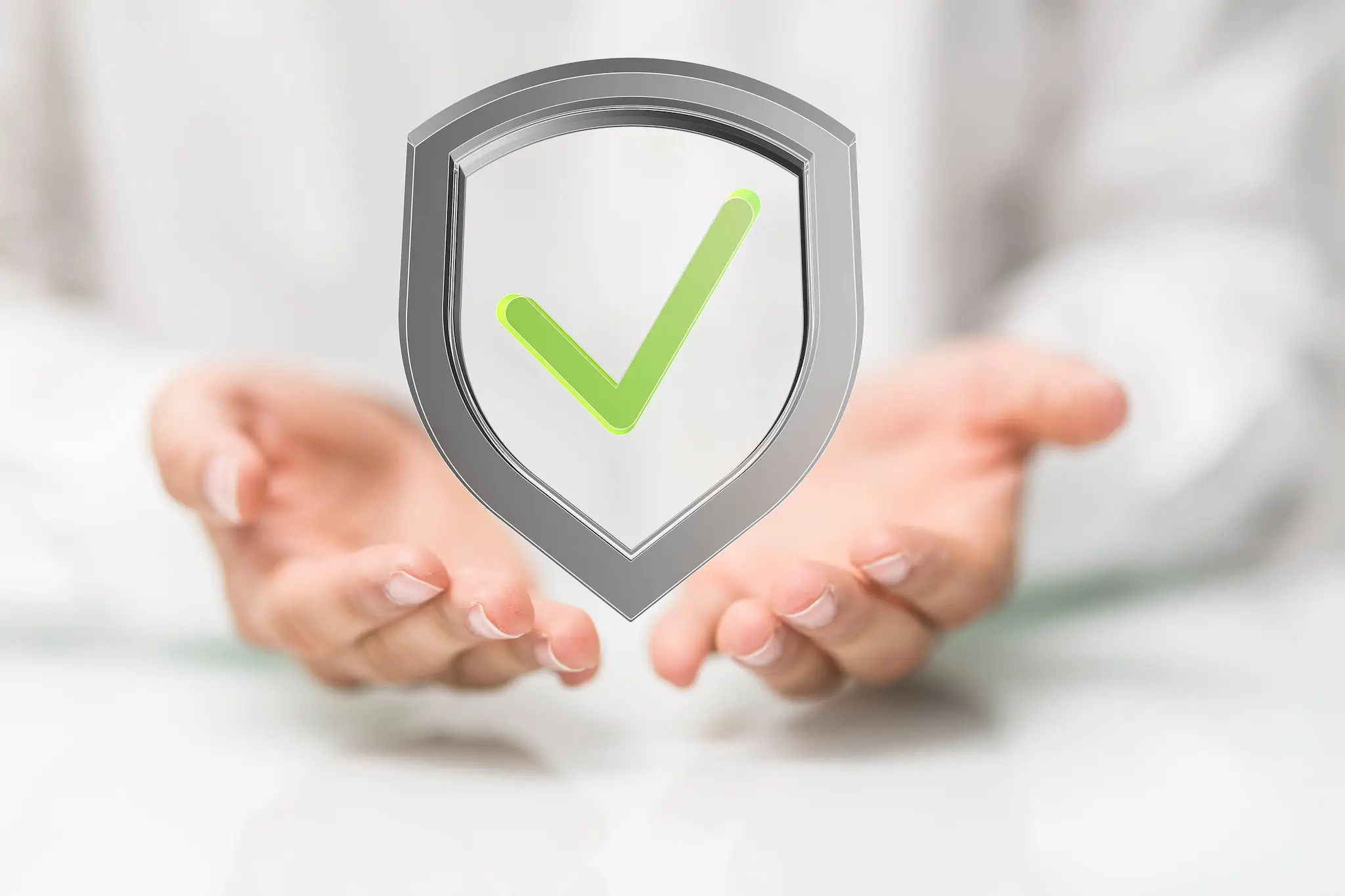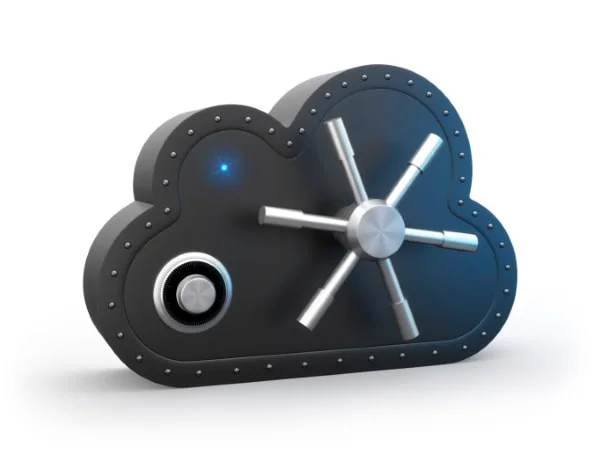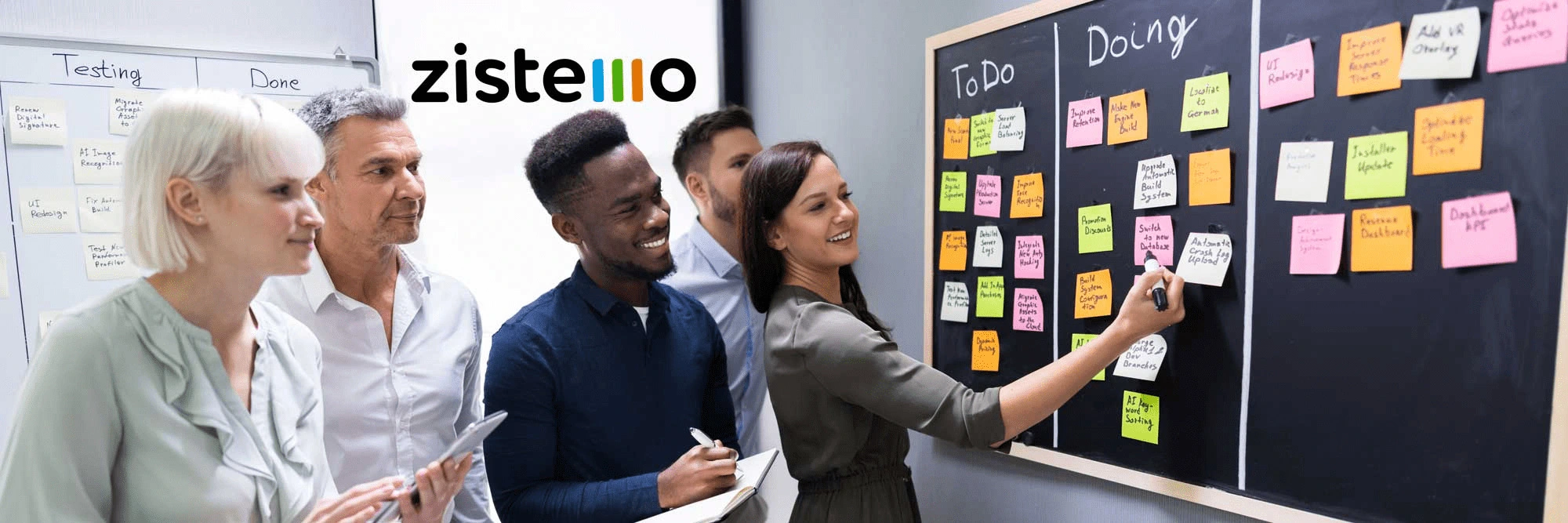As more and more businesses are having their employees work remotely, it is important to consider the security strategies needed to protect data and resources.
Remote working opens up a variety of security threats that need to be addressed, and there are nine key security strategies to keep in mind when allowing employees to work remotely.
In this blog post, we will discuss these strategies and the measures you can take to ensure the safety and security of your company’s data and resources.
Benefits of Remote Working
- Cost Savings: Working remotely can help you save money on overhead expenses like office rent, utilities, and commuting costs.
- Flexibility: Remote work provides employees with a flexible schedule and the ability to work from anywhere.
- Increased Productivity: Employees can often be more productive working from home due to fewer distractions and a more comfortable environment.
- Access to a Wider Talent Pool: By allowing remote work, companies have access to a larger pool of talent from different locations, increasing the diversity of their workforce.
- Improved Morale: Employees who can work remotely often experience less stress and improved morale due to the flexibility of their jobs.
Essential Security Strategies for Business Owners
1. Managing All Devices and Employees
Be sure to manage all of your employee’s devices. Make sure to install antivirus and anti-malware software on each device and patch management software. A strong password policy is also essential, ensuring all devices have the latest security updates.
Additionally, you should have a system for tracking which devices are used for work and what type of work is done on each device. This can help you better monitor any suspicious activity or unauthorized access to company data.
2. Equip Your Workers with the Right Tools
The right tools are critical to ensuring a secure work environment. Before allowing your employees to begin working remotely, equip them with all the necessary tools. This includes a secure network connection, updated antivirus software, a firewall, cloud security and more. You should also provide your remote employees with a work-from-home security checklist that they could use to stay safe while working online.
The checklist should include setting up two-factor authentication, using strong passwords, VPN, and more. You can ensure a secure and prosperous work from home experience for everyone by providing your employees with the necessary resources and tools.

Data Security is the key to keep your business running smoothly
3. Keep Your Software up to date.
This is an integral part of any work from home security checklist. Keeping your software and system up to date is the most effective manner to protect yourself and your devices from malware, viruses, and other cyber-attacks.
Ensure you have the latest versions of antivirus and anti-malware software installed and running on all your devices. Set up automatic updates on your operating systems, web browsers, and other programs. Doing so will ensure that any new security patches are applied immediately.
Use 2 Factor Authentication and password expiration date to secure your account. Learn More: Data Security
4. Access Certified Sites
When your employees work remotely, they may come across to access websites that are not trusted. As part of your work from home security checklist, make sure all sites accessed by remote workers are certified and verified.
Check the website’s URL to ensure that it is secure, and look for the HTTPS prefix, a secured address bar or a padlock icon. HTTPS comes with an SSL certificate and offers a secure connection. SSL cert can be of either multi domain, single domain, or wildcard SSL. It depends upon budget and site’s necessity to choose the types of SSL certificate
Additionally, use only trusted search engines to access sites and avoid downloading untrusted applications. Be aware of malicious links and avoid opening emails from unknown sources. Always make sure to verify the site before providing any personal information.
5. Require Employees to Connect Over VPN
Having employees connect to the internet via Virtual Private Networks (VPNs) is essential to ensure the security of remote workers. A VPN is a secure tunnel that masks and encrypts the data shared between two devices, such as a laptop and an employer’s server.
When staff work from home, a VPN will protect their online activity from cybercriminals. It’s also essential to ensure that the VPN is reputable – free VPNs are not always secure, so do your research before having your staff use one.
This should be part of any work from home security checklist. Ensure all employees understand the importance of connecting through a secure VPN, and provide training if necessary.
6. Install Multi-Factor Authentication
Multi-factor authentication (MFA) is a security measure requiring users to use two or more different authentication factors to access a system. This is especially important when employees are working remotely, as it helps protect your data and systems from unauthorized access.
MFA can be set up in various ways, such as using a physical token, SMS verification codes, or biometrics. It should be a top priority on your work from home security checklist and should be enabled for all employees who are working remotely.
7. Use Password Managers
Password managers can help ensure that employees don’t reuse passwords and that their passwords are strong. When working from home, your security is only as strong as your password. Password managers generate, store, and auto-fill solid and unique passwords for each account.
This way, employees don’t need to remember their passwords, and they can be sure their passwords are secure. Password managers can also help detect when passwords have been compromised and alert users so they can take steps to fix any potential issues.
8. Keep Your Work Separate
Keeping your work and personal lives separate is essential, especially when working from home.
When working remotely, it’s essential to ensure that any work-related activities are done on a dedicated work device. This means you should avoid logging into work accounts on shared or public devices such as library computers or family members’ phones.
Additionally, you should have separate accounts for personal use and business use. This ensures that any private information is kept secure and prevents personal activities from affecting the performance of your work device.
Conclusion
Working remotely has become increasingly popular in today’s work environment, but it also carries some risks regarding data security. It’s important for employers and employees alike to take precautions and establish a work from home security checklist that keeps the company data safe.
By following the eight strategies outlined in this article, employers and employees can ensure that their remote work is secure. With the correct protocols in place, companies can remain confident in their remote work capabilities, while employees can rest assured that their data is safe.






